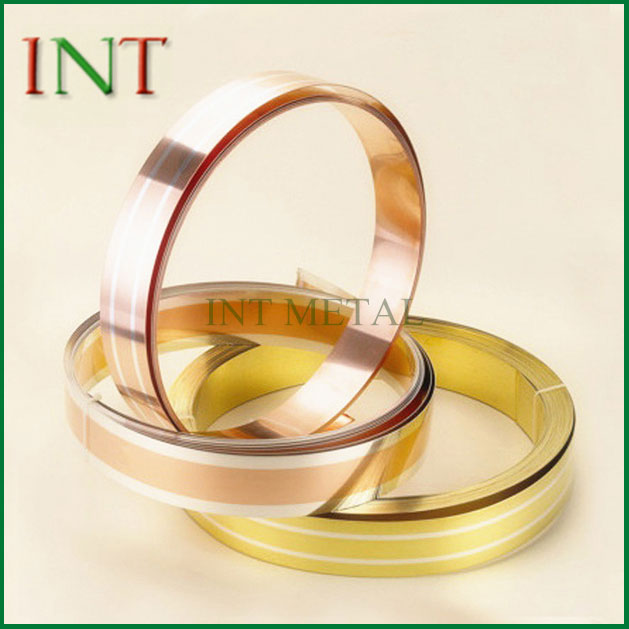The advantages and disadvantages of Clad Metal Strip
2025-05-08
Clad metal strip is a composite material made by bonding two or more different metals together in layers to combine their properties. It is widely used in electronics, automotive, aerospace, and industrial applications. Here's a breakdown of its advantages and disadvantages:
Advantages of Clad Metal Strip
Enhanced Material Properties
Combines the best properties of different metals (e.g., strength, conductivity, corrosion resistance) in one product.
Cost Efficiency
Expensive metals (like silver or platinum) can be used as a thin cladding layer over a cheaper core metal, reducing overall cost.
Improved Mechanical Strength
The combination often results in better tensile strength, fatigue resistance, or wear resistance than individual metals.
Tailored Performance
Manufacturers can customize the composition to achieve specific electrical, thermal, or mechanical properties.
Reduced Weight
A lighter core metal can be used with a thin layer of a denser, more functional metal, resulting in a strong but lightweight component.
Excellent Bonding
Modern cladding processes (e.g., roll bonding, explosive welding) produce strong, permanent bonds that perform well under stress.

Disadvantages of Clad Metal Strip
Complex Manufacturing Process
Requires specialized equipment and precise control over bonding and rolling techniques.
Higher Initial Cost
While material savings can be substantial, setup and production costs are higher than using a single metal strip.
Limited Thickness Ratio
There are constraints on how thin or thick each layer can be, limiting design flexibility.
Potential for Delamination
If not properly manufactured or used under extreme conditions, the layers can separate over time.
Recycling Challenges
Separating different metals for recycling is more difficult and costly compared to single-metal materials.
Availability & Lead Time
Custom cladding combinations may not be readily available and could involve longer lead times.
If you are interested in our products or have any questions, please feel free to contact us and we will reply you within 24 hours.


